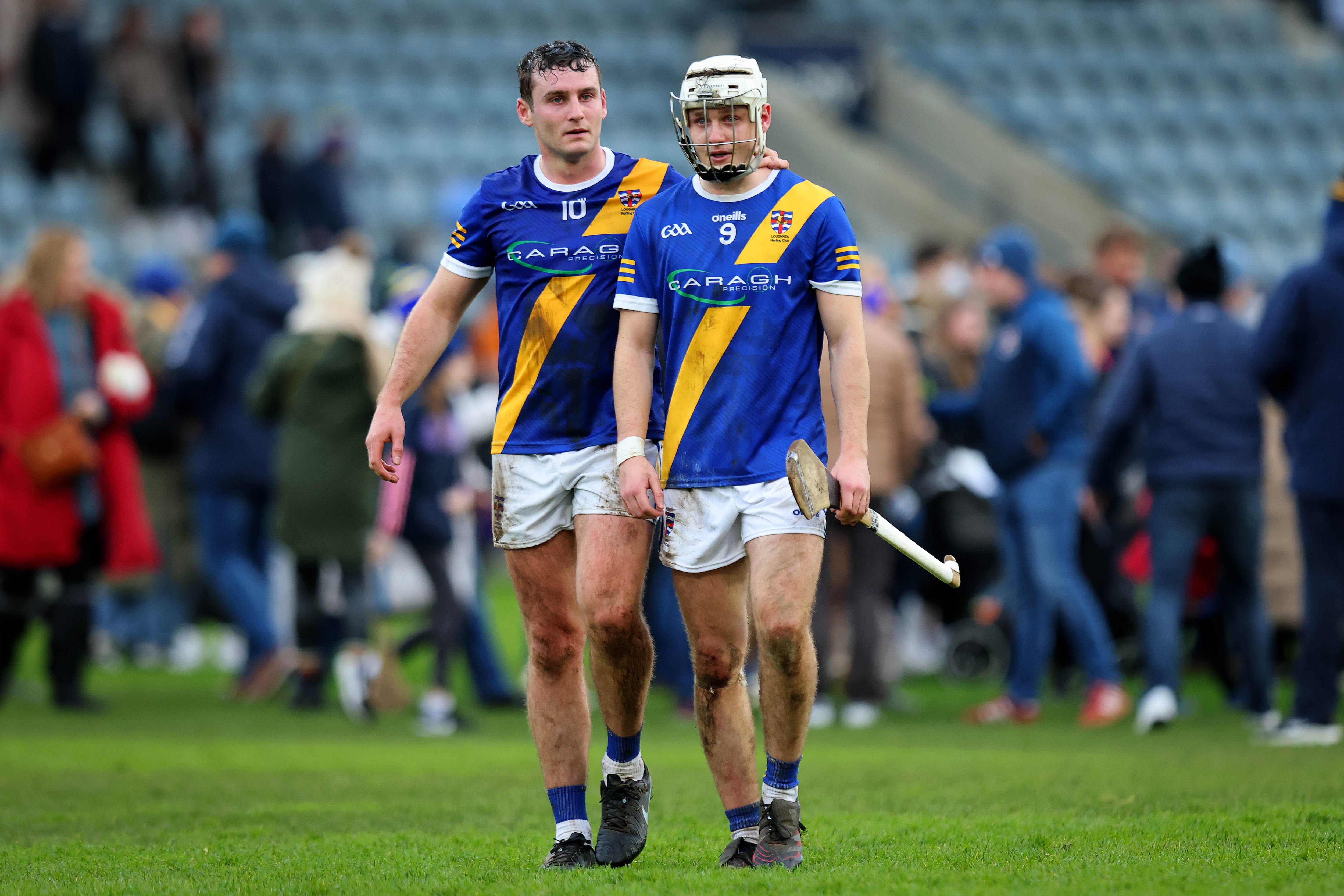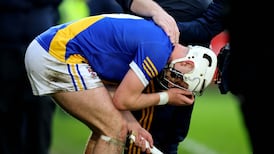In Raymond Smith’s 1984 book The Football Immortals, he describes the north Galway town of Tuam as a place “which throbs with a love of football as Thurles breathes the very spirit of hurling”.
When I read that book as a 10-year-old, growing up in a village about seven miles outside the town, this made sense to me for only two reasons. There was Saint Jarlath’s College, who then (and still do) lead the Hogan Cup roll of honour. And there was Seán Purcell.
Purcell was generally regarded as one of the finest players in the history of the game. In the time before the onset of the Kerry team of the 1970s and 1980s, arguments were often made about the relative merits of Mick O’Connell, well-known as the prince of midfielders, and Purcell, whose very versatility and brilliance were what elevated him.
It was hard for me to understand at the time. I couldn’t remember any of the All-Ireland wins of that Kerry team of Spillane, Sheehy and O’Shea, and I had only fleeting memories of some of those players playing on bad Kerry teams being given the runaround by Larry Tompkins. But everyone seemed to agree that Christy Ring was the greatest hurler of all time. Why couldn’t we come to a similar consensus about Gaelic football?
READ MORE
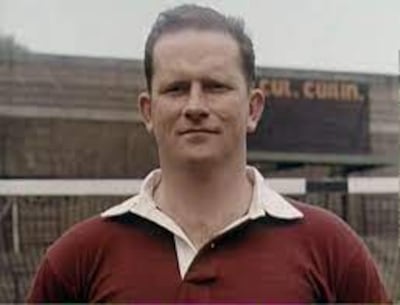
In that atmosphere, Purcell’s name carried as much weight as any other. He played at midfield, at centre back. His greatest display was reportedly the Connacht semi-final of 1954 against Mayo, at full-back. But he was selected on both the GAA Team of the Century and the GAA Team of the Millennium at centre-forward.
His telepathic relationship with his clubmate Frank Stockwell was at its most devastating throughout 1956, when he won his only All-Ireland medal. In the final against Cork, Stockwell scored 2-5, all from play, a total which was never equalled in a 60-minute final, and a tally from play that has only been equalled once, by Eoin Liston in 1978.
I still have my father’s copy of Smith’s book, updated for the Centenary of the GAA in 1984, but the sellotape keeping it together seems a fitting metaphor for the histories told within. Our hold on people like Purcell, or Mick Higgins of Cavan, or Tommy Murphy, the Boy Wonder from Laois, seems as tenuous as that.
My uncle, the broadcaster and journalist Jim Carney, was a child of the 1950s. He can’t remember 1956, but he remembers Stockwell and Purcell playing for Tuam Stars when they cut a swathe through the Galway club championship. They were an exceptional club team, good enough to go head-to-head in exhibition games against St Vincent’s of Dublin, matches which were seen as a precursor to the All-Ireland club championships.
Jim is well known to many as the first presenter of The Sunday Game, and as a commentator with RTÉ and the BBC for many years. Anyone who’s ever heard him speak on radio or television, who’s ever read a column of his in the Tuam Herald, has always known there was a book in him.
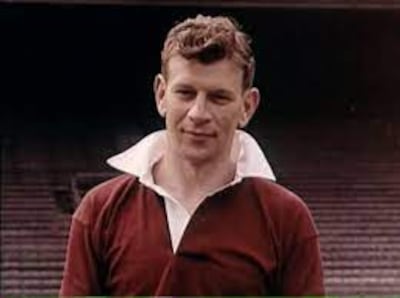
He has finally written that book, and it’s about Purcell and Stockwell, and the town that created them. In the end, he couldn’t not write it. The stock of people who can still remember Purcell and Stockwell in full flow is naturally growing smaller and smaller.
The question became less of whether he could write this book, but: if not now, when? And if not Jim, who? Because he was a great friend of Purcell, in particular. He spent many happy evenings driving Seán to and from functions, pitch openings and club gatherings – the sort of events that the greats get invited to, and still do.
I met Purcell a few times – formal introductions were hardly necessary, given he owned a newsagents just off the main square of Tuam. In a town perhaps best known in the early 1990s as the hometown of The Sawdoctors – purveyors of a very specific, homespun charm – Purcell was very much in keeping with that low-key, unassuming air.
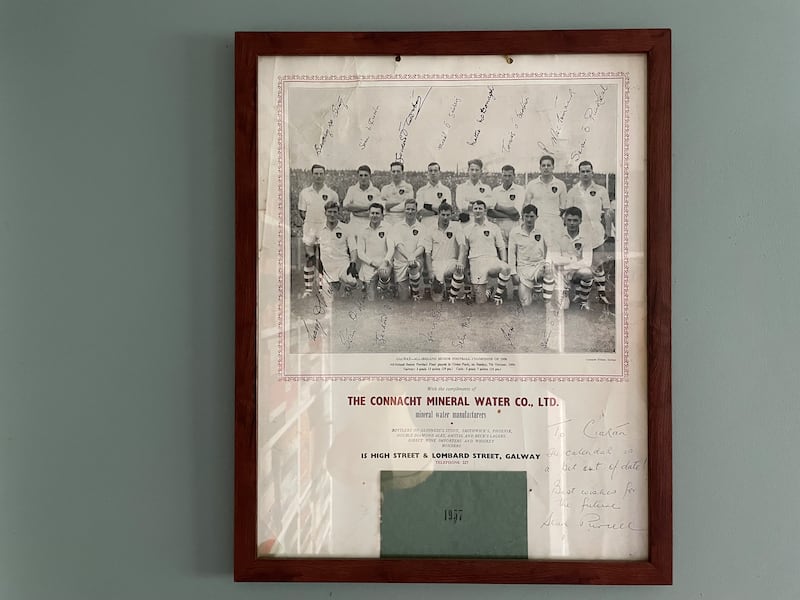
His friendship with Jim allowed me to take the liberty of writing him a letter when I couldn’t have been any more than nine or 10. He answered my questions in studied, deliberate, beautiful handwriting. Gerry O’Malley of Roscommon was his toughest opponent. His proudest moment was winning an All-Ireland medal. I should keep practising with my weaker foot.
And with the letter, there was a calendar, from 1957, which had a picture of the All-Ireland winning team of 1956, signed by each player. It was an extraordinarily generous gift, and it hangs in my house in Dublin today.
Tuam in the 1950s gave the country Tom Murphy, the greatest Irish playwright of the postwar era. It gave us the greatest footballer of that time. It gave us the top scorer from play in the history of All-Ireland finals. And now, the town and surrounding area, and the country at large, has a book chronicling that extraordinary decade.
Seán Purcell and Frank Stockwell – From a Childhood Friendship, To Gaelic Football Fame and Glory, will be launched this Saturday. Copies will be on sale in local bookshops, and all proceeds raised will go to Tuam Cancer Care


